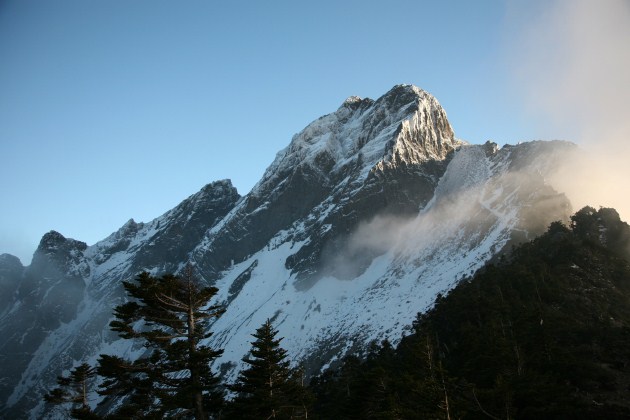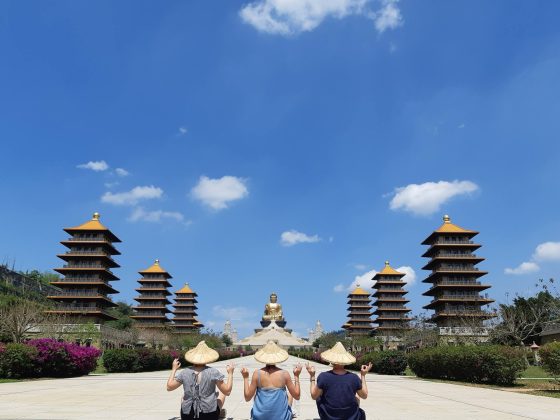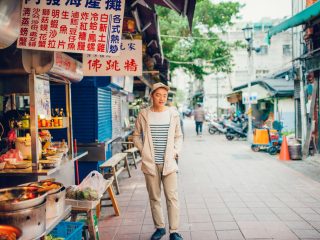Asia has emerged as a fierce tourism battleground. How should Taiwan’s tourism sector be improved and upgraded so that Taiwan can be better appreciated by its people and stand out in the world?
Figuring out how to make Taiwan a must-see in travel circles has long proven elusive, but CommonWealth Magazine enlisted the help of 15 experts from various fields to draw on their collective wisdom to find a way forward. If there was agreement on one point, it was that Taiwan’s biggest advantage is its unusually diverse natural, cultural and human environment.
The island of Taiwan may only cover 36,000 square kilometers, but it features an incredibly varied geographical landscape, with mountains, the sea, plains and hills; its rare mix of tropical, subtropical, temperate and frigid zones has spawned a rich, natural ecosystem.
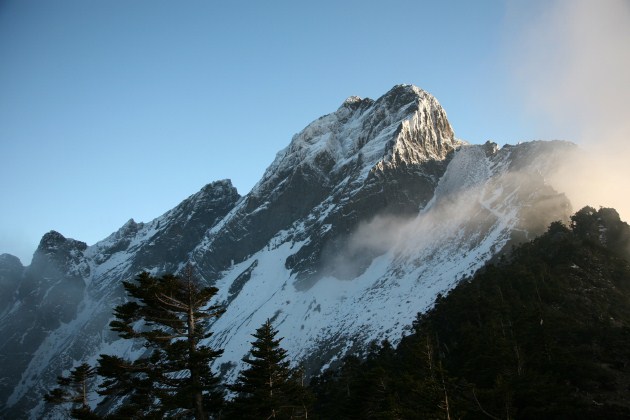
Though its society has only a few hundred years of recorded history, it thrives as a rich melting pot of Chinese, Dutch, Spanish, Japanese and Western contemporary culture shaped by the diversity of its Hoklo, Hakka, indigenous, mainlander and new immigrant inhabitants.
To people from outside the country especially, this natural and cultural smorgasbord has unique appeal and charm.
“Taiwan’s most special feature is its cultural diversity. I think this is something you can’t find in other Asian countries,” Benoit Guidee, the director of the French Office in Taipei for nearly three years, says in fluent Chinese.
Veteran Japanese journalist and writer Tsuyoshi Nojima agrees.
“Taiwan recommends Japanese to visit Jiufen and Taipei 101, eat xiaolongbao (small soup dumplings) or get a massage. But what the Japanese who have come to Taiwan like even more is immersing themselves in the life of Taiwan’s local communities,” Nojima says. (Read More: Don’t Tell the Japanese to Visit Jiufen Anymore!)
It was a lesson he learned when he biked around Taiwan for a week, joining Taiwanese riders on a meandering path through mountains and along the coast and tasting many local delicacies along the way, in what turned into an unforgettable experience. (Read More: Circle Taiwan With a Bike – A New Trend for Japanese)
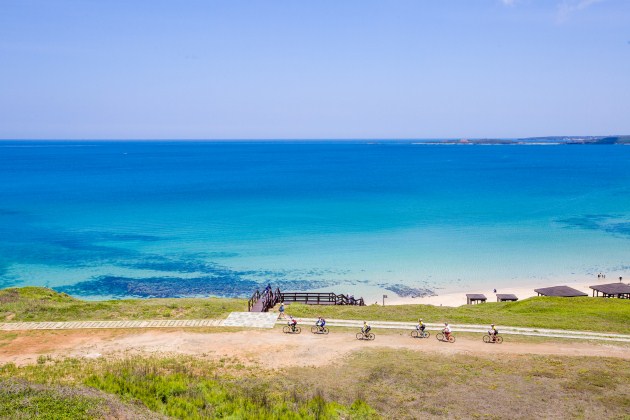
A Land of 1,000 Niche Markets—No Killer Dish, but Countless Great Small Ones
“Creative tourism” has become one of the hottest trends in global travel.
Andy Huang, who heads Travel Trend Service and is responsible for domestic travel and inbound travelers within the Lion Travel Group, has seen the concept grow in importance.
“When you visit a place for a day, it’s called sightseeing. When you go to the same place for two days, it’s a trip. If you stayed three days, it was leisure, and if you stayed four days it was a vacation. If you are willing to stay five days or more, that’s called a lifestyle. If you stay in the same place five days, you can experience the lives of the local people because you have become one of them,” Huang says with a laugh.
American travel writer Joshua Samuel Brown, who fell in love with Taiwan when he came to bike around the island more than 20 years ago and stayed on to work, writes for Lonely Planet’s guidebook on Taiwan and is the chief editor of the English website Taiwan Scene for startup travel agency MyTaiwanTour. (Read More:Cycling the East Coast with MyTaiwanTour)
I’m often asked to pinpoint that one thing that everyone who visits Taiwan loves, that one magic bullet to promote tourism in Taiwan. But I don’t think there’s any single magic bullet. Really, Taiwan offers a total package, so I guess you could say it’s not just one thing, it’s everything!
Brown says.
People who visit Taiwan from abroad can experience many special small pleasures, Brown says; just biking around Taipei, for example, can be very interesting because you rarely find two streetscapes that are identical and there are so many routes to choose from.
“We ourselves don’t see [Taiwan’s] cultural diversity edge, but to overseas visitors, it’s truly amazing,” says Gina Tsai, Airbnb’s head of public policy in Hong Kong and Taiwan.
Yu Chih-wei, the general manager of in-depth travel planning specialist L-instyle Boutique Travel Services, believes that Taiwan’s tourism sector doesn’t have a killer “dish,” but it has countless amazing small ones.
“Taiwan’s diversity has enabled it to serve up 1,000 small dishes,” he says, to which Brown immediately responded: “Promoting tourism in Taiwan should be about small package, big experience.”
A Small Pleasures Culture—Ready to Be a Big Tourism Country?
Taiwan already has one tourism niche market that has done very well and attracted international recognition: cycling tours of Taiwan.
“Taiwan’s size is perfect for doing a round-the-island tour. Try biking around Australia. You’d never make it. Hainan Island and Okinawa are too small,” says Tony Lo, the former CEO of bicycle maker Giant Manufacturing and one of the main advocates of Taiwan’s bicycle tourism sector. “But we have to understand our own situation before we can be ourselves and tell our story.”
Taiwan manufactures world-class bicycles, and they are easily accessible; there are travel agencies specializing in cycling tours and a cycling “Route 1” around Taiwan, and the model has even been exported to the Seto Inland Sea in Japan.(Read More:Eight Unforgettable Taiwan Cycling Routes)
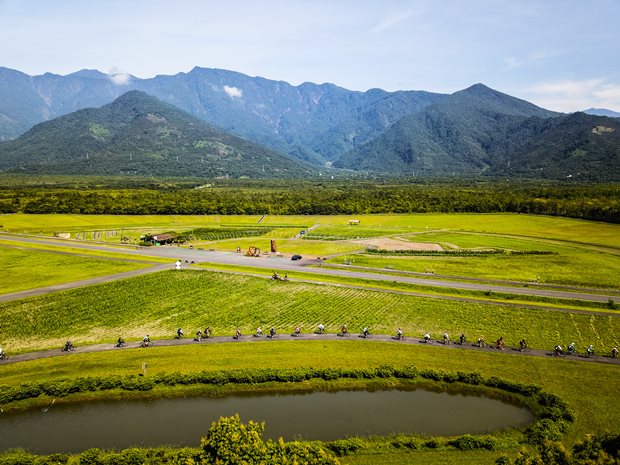
That approach has built on Taiwan’s unique advantages and accentuated its culture of the pursuit of “small pleasures” to offer visitors different experiences.
“If you try to promote tourism simply by playing up the natural environment, such as mountains and the sea, or physical attractions or infrastructure, it won’t be sustainable. The main anchor and pillar of tourism is ‘culture.’ You have to understand who you are and first become a country that knows how to live before you become a big tourism power,” says Ed Wang, the CEO of Lavender Cottage Group, which runs rural retreats.
Overseas visitors account for 40 percent of Lavender Cottage’s clientele, many of them from Hong Kong, Singapore and Malaysia. They’re willing to come from afar and deal with several changes of vehicle to get to a Lavender Cottage retreat, Wang says, because of the complete Taiwan mountain forest lifestyle experience combining beautiful landscapes, captivating stories, and a welcoming atmosphere.
Liu Hsi-lin, the vice president of National Kaohsiung University of Hospitality and Tourism, describes this brand of tourism charm as encompassing “vigor,” “vitality,” and “inclusiveness.” Whether the reinvention of rural towns by returning youths, community building initiatives, or 24-hour stores, or experiencing all four seasons on a day-trip into the mountains or appreciating the embrace of different religions and ethnicities, these are all potential pillars of Taiwan’s tourism development, Lin says.
Those approaches coincide with the growing global push for “sustainable tourism.”
Tseng Hsi-peng, an assistant professor in National Chi Nan University’s Department of Tourism, Leisure and Hospitality Management, says the whole world is talking about “sustainable tourism,” which is focused not only on respecting the natural environment but also, at another level, preserving cultural values.
Travel Trend Service’s Huang concurs. “People no longer just want to scratch the surface when they travel. They want to get into local cultures and absorb the local lifestyle. It’s a major change.”
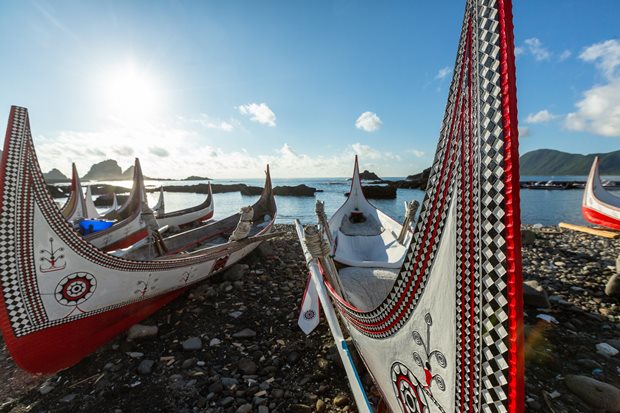
Forget about the ‘CP Value Model’— Create Local Value Everywhere
Every place needs its own discourse, and every place features different conditions, scenes, and styles. From Keelung’s port ambience and Tainan’s ancient capital feel to Hualien’s majestic mountains and blue waters, every community and town must forge its own unique brand.
As sustainable tourism and branding take hold, the tourism culture spawned by the eight-day, seven-night tour for Chinese tour groups that checks off Taiwan’s major attractions is slowly changing.
Yu from L-instyle Boutique Travel has aggressively promoted in-depth travel in recent years, offering, for example, two-day-one-night trips to Jiaxian District in Kaohsiung to learn about and gain inspiration from the area’s recovery from the devastating Typhoon Morakot in 2009. A four-day, three-night trip to Shitiping in Hualien County tailored to overseas visitors takes them to see volcanic rock formations, coral reefs and tide pools and then collect wild ingredients for dinner with a chef who cooks them in cookware he made himself. The experience represents a major departure from the past, when Shitiping was no more than a 30-minute stop on the itineraries of many group tours.
Many experts urged Taiwan’s tourism community to break away from the “CP value model” (the concept of performance or quality relative to price). They suggest being less concerned about competing on price and being more willing to fight a “value” war to win consumers’ hearts and minds.
We want to fight a value war, not a price war. Only through a ‘value war’ will people enjoy themselves so much they won’t want to go home,” Huang says. “Value” rather than whether something is expensive or inexpensive is at the core of consumer decisions, he argues.
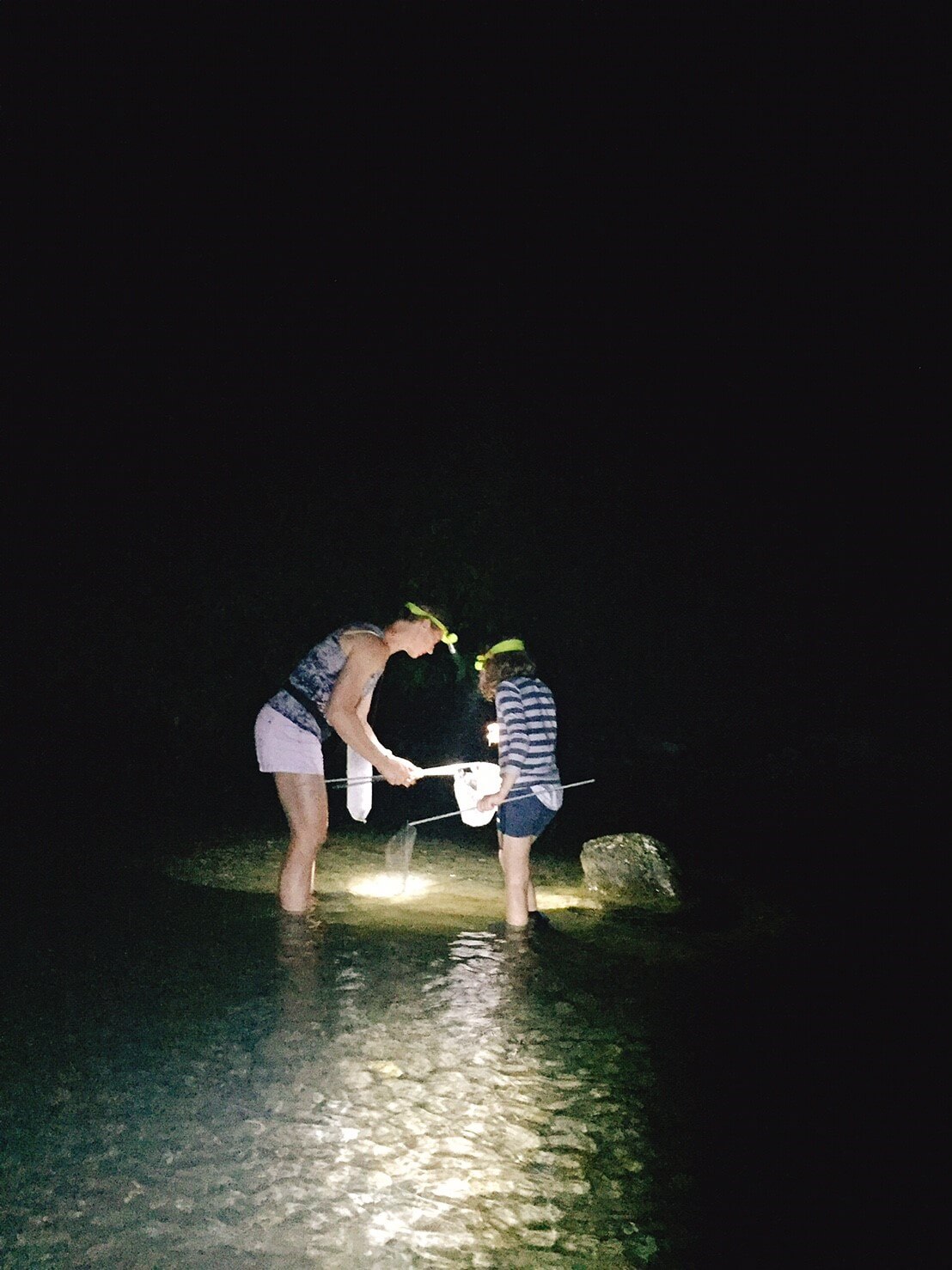
Cheryl Robbins, who has been in Taiwan for more than 20 years and who arranges customized experiences in indigenous villages for overseas visitors as a licensed tour guide, feels Taiwan has a ways to go to get there.
“Taiwan’s travel industry is chaotic right now,” she says. “Everybody seems to be competing to launch the cheapest packages with the least value possible, she says, raising the question: “Does Taiwan tourism really have no value?”
The customized trips she arranges for international tourists to indigenous communities average from between NT$8,000 to NT$10,000 per person per day.
“No customer has ever complained about them being too expensive, but domestic travel agencies offer day tours to indigenous villages for NT$800 that all have pretty much the same content,” she says.
This simply attracts a caliber of customer who will never appreciate what you have to offer. Taiwan deserves to attract a higher caliber of customer, but the key is constantly innovating and providing the things customers want rather than just competing on price.” (Read more: Fruit Tourism is Taiwan’s Ripe New Trend!)
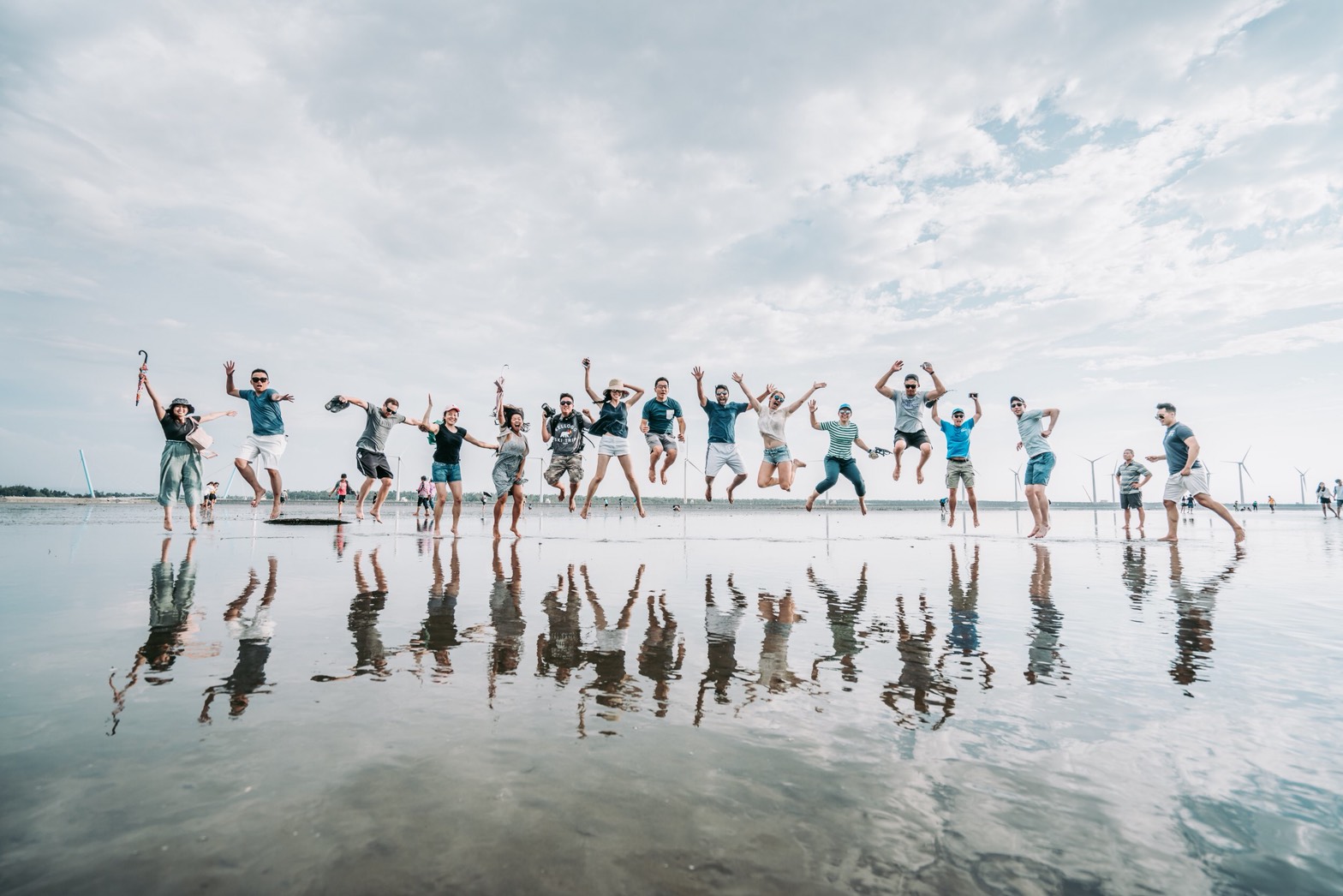
Tourism = Strategy + Resources
The strategies of tourism departments in Taiwan’s cities and counties often follow a herd mentality, rarely focusing on local characteristics that could set them apart. Every town has an “old street” selling similar products. When a skywalk in Nantou drew lots of attention, other counties jumped on the bandwagon. When summer rolls around, they all invite well-known singers to perform at local concerts.
Yet these initiatives tend to have only short-term effects and completely ignore local brand recognition.
At the heart of the problem is that tourism cannot be seen as a single discipline. Instead, it requires a cross-sector package of culture, transportation, infrastructure and facilities, aesthetic and talent education, and business models, along with resource integration and interagency cooperation at the public policy level. In fact, the priority given tourism policy in Taiwan lags far behind the emphasis seen in the rest of the world – a coordinating unit at a higher level may be necessary.
In these prosperous but highly competitive times for the Asian tourism sector, Taiwan would do well to take advantage of the decline in Chinese visitors and recalibrate its approach. The government has already spent ample resources pitching the country’s scenic spots, so Taiwan is ready for a new round of in-depth “creative tourism” to spark local creation and innovation.
Now is the time for self-regeneration, a time for setting aside a short-sighted mentality and working hard to pursue a long-term planning and vision for developing tourism. Success will depend on everyone doing their part.
[youtube https://www.youtube.com/watch?v=S2eZMVodydI&w=560&h=315]CommonWealth Magazine Video Production
Translated by Luke Sabatier
Edited by Sharon Tseng
(This article is reproduced under the permission of CommonWealth Magazine English Website. It does not represent the standpoint of Taiwan Scene.)
Read more:

